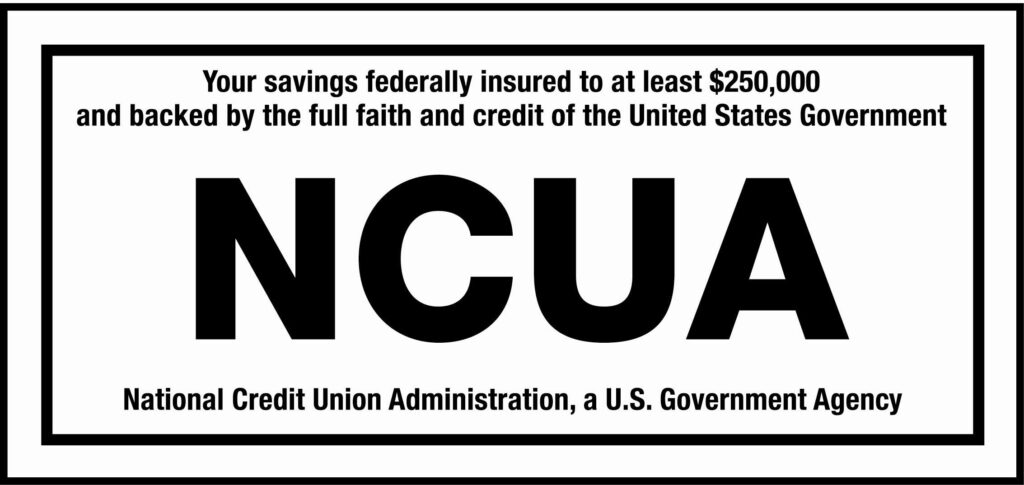When you get a loan to buy a car, you’ll get a new set of keys — and a new monthly payment. You may be wondering how this payment is determined and calculated.
So many questions, and we’ve got answers! Let’s break down the parts of a car payment, explain how monthly payments are calculated, and offer tips for managing your expenses well.

Components of a Car Payment
1. Principal
This is the amount you borrow to purchase your car. For example, if the car costs $35,000 and you make a $5,000 down payment, your loan principal is $30,000. Each monthly payment chips away at this amount, with a portion dedicated to reducing your loan balance. Paying extra toward the principal can help you pay off the loan faster.
2. Interest
Interest is the cost of borrowing money and is calculated as a percentage of your principal. Your interest rate depends on factors like your credit score, loan term, and market conditions. The lower your rate, the less you’ll pay over time.
3. Loan Term
The loan term is how long you’ll take to repay your loan, typically expressed in months (e.g., 36, 60, or 72 months). A longer term means lower monthly payments but higher total interest costs over the life of the loan.
4. Taxes and Fees
If you roll upfront costs like taxes, registration, or fees into your loan, they’ll increase your principal and, consequently, your monthly payment.
5. Add-ons
Optional extras like extended warranties or gap insurance can also be financed, raising your monthly payment.
What’s Not in Your Payment (But Still Important)
Owning a car comes with additional costs that aren’t included in your loan payment but need to be part of your budget:
- Insurance: Comprehensive and collision coverage are often required by lenders. Shop for the best rates to save money.
- Maintenance: Budget for regular servicing to keep your car in good condition.
- Fuel/Electricity: Whether gas-powered or electric, your car needs energy to get you from point A to point B.
How Car Loan Payments Are Calculated
When a lender calculates your monthly payment, they consider:
- The price of the car, minus any down payment or trade-in value
- The loan principal (including add-ons and rolled-in costs)
- The interest rate
- The loan term (number of months)
They then divide the total loan cost (principal + interest) by the number of months in the loan term to determine your monthly payment.
Tips for Managing Your Car Payment
1. Shop Around for the Best Loan
Get the vehicle you want at a rate you can afford with AGCU. Contact an AGCU lender to secure the best interest rate and terms. Even a slight difference in the rate can save you a lot over the life of the loan.
2. Make a Larger Down Payment
A bigger down payment reduces the amount you need to finance, lowering your monthly payments and the total interest paid.
3. Opt for a Shorter Loan Term
While shorter terms come with higher monthly payments, they also mean less interest over the life of the loan. If your budget allows, choosing a shorter term can save you money in the long run.
4. Set a Budget for Ownership Costs
Remember to account for insurance, maintenance, and fuel when calculating your total car expenses each month.
Final Thoughts
Understanding the anatomy of your car payment can empower you to make smarter decisions about financing and managing your loan. If you’re ready to take control, consider opening an interest-earning savings account to build your down payment or plan for unexpected costs.
Have a question or want to get started with an application? Connect with an AGCU Video Banking Representative or apply online today!
Or you can speak face-to-face with an AGCU Video Banking Representative from anywhere.
Give it a try today! Video Banking Hours (CST): Mon – Fri: 9:00 a.m.- 5:00 p.m.
Disclaimer: Always consult a financial advisor, accountant, or lawyer to discuss your specific situation.
Banking With A Purpose
Much more than a catchphrase, our tagline is our passion, our reason why we do what we do. This is the impact of your membership with AGCU.
Learn More About Banking with a Purpose




